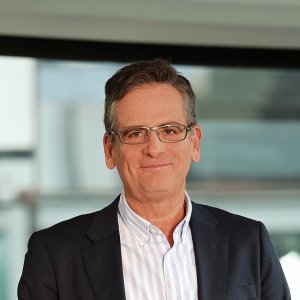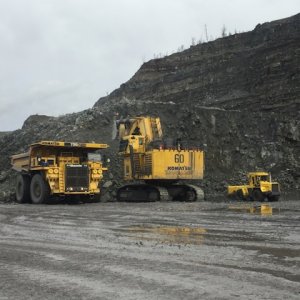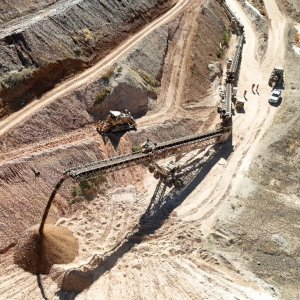Balanced Risk Allocation to Bring in FDI

STORY INLINE POST
Q: What areas within the infrastructure industry will attract the most FDI in 2017?
A: The uncertainty of Mexico’s economic and political environment has made investors more cautious about investing in Mexico. Nevertheless, I do not see any hesitation from funds or companies. There are issues and structures that they do not like and are concerned about, but the majority are dedicated to the Mexican market and are already aware of these factors. Most investors, domestic and foreign, find Mexico’s courts challenging and this creates anxiety within the sector. The government’s proposed risk allocation is often unrealistic and generates additional costs that the public sector cannot absorb. If it transfers more risk, of course the private sector will demand higher returns. Another challenge is the perception or the reality of corruption in the market. There are many issues that arise from a deficit in transparency. Regardless of these challenges, sophisticated and dedicated companies continue to find the Mexican market attractive.
Q: What changes are necessary to make more projects available in Mexico?
A: Although federal government resources are limited to some degree, SCT, CFE, PEMEX and CONAGUA have large development budgets for new projects. These projects must have project managers that are able to structure more efficient processes. Infrastructure projects often involve both the local and federal governments and require the participation of public servants who often lack the experience necessary for the project. This often causes more delays and additional costs. There needs to be a standardized model put in place that will help coordinate these multidisciplinary teams. For instance, when toll roads failed in 1995, the sector worked together to create a new model that has reduced uncertainty and the risks related to the financing and construction phases of the project, in return lowering costs and expediting completion.
Q: Why are some infrastructure projects labeled as unviable for investors?
A: Risk allocation can be one of the most challenging tasks in the project financing for Mexican infrastructure projects. There is a standard method of allocating risk in the market, but some projects require more creativity and negotiation than others, incrementing the duration of the project. If the financing of the project generates a vast amount of public debt and has exceeded the limit, it can create many legal hurdles that have to be sorted out before financing can proceed. The money for new infrastructure projects is out there, depending on the project, but sometimes finding the right structure is the challenge.
Whenever there is an economic obstacle to a project, it has to be acknowledged from the very start. Financing institutions like FONADIN can help with subordinate capital if needed to generate the business case the project requires. But if it is not viable, then it is better for the public sector to take charge of the project or to start from scratch instead of insisting on a progressing with a project that has no market.
Q: How have investors responded to the financial vehicles created to increase investment in infrastructure?
A: These vehicles have increased investment in infrastructure and will continue to attract new investment. There are a variety of models and instruments that will facilitate the development and acquisition of infrastructure. They include tax benefits and breaks that other markets present to investors. Although some vehicles, such as Fibras, have not have not been as profitable as expected due to market volatility, they continue to attract attention.
Fibra E is a complex structure that will take time to become a large source of funding going forward. It was created to encourage investment in the energy sector but most of the assets that could be placed under a Fibra E are still under the domain of CFE or PEMEX. That is why it is easier to use it for a toll road rather than a project in the energy market.























